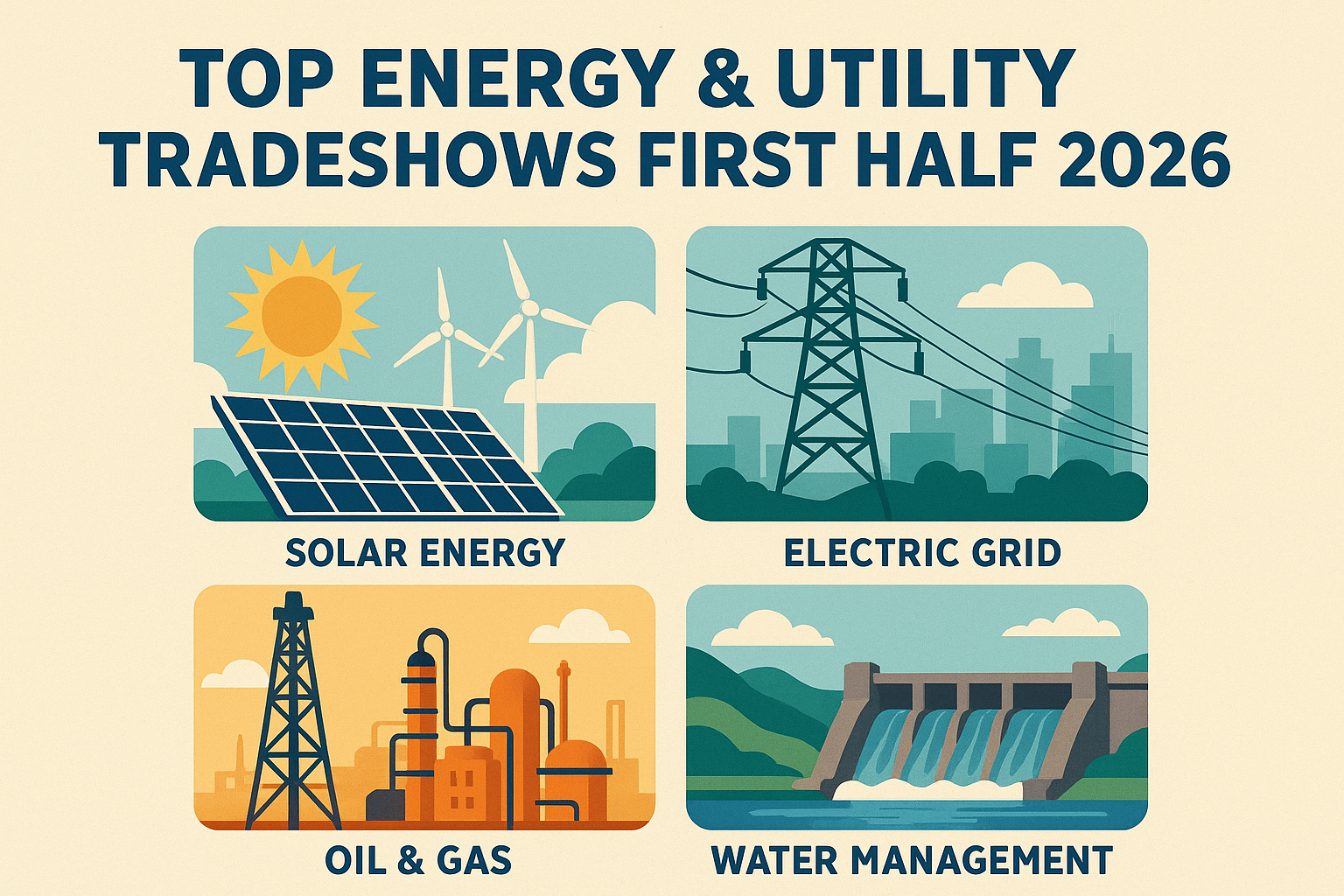Account Research is the first step after a sales leader hands over a list of relevant accounts for a product/SaaS, in Account Based Marketing. There’s the traditional way to do this – skim through tons of data online and offline, find intel that makes some sense, and take a shot in the dark with a random lead, often with an ineffective conversation starter. However today, SDRs are doing account research far more effectively with the usage of AI. Account Research can be broken down into multiple steps which can then be streamlined for more impact with Account-Based Marketing (ABM). Here is a comprehensive guide for anyone just getting started.
Let’s start at the very beginning.
What is account-based marketing?
Account-based marketing (ABM) is a focused growth strategy in which Marketing and Sales collaborate to create personalized buying experiences for a mutually-identified set of high-value accounts.
We like this crisp definition from Hubspot’s blog
To reach their goals, marketers must develop strategies that merge the sales and marketing teams’ expertise to:
1. Identify target accounts
Marketing and sales work out what accounts or prospects they’ll be going after and who in those companies will be the best person to target. Look at current clients as well their competitors. With robust and data-backed target company profiles in place, the next step is planning a pipeline strategy.
2. Reach out to the right persona in them
Create marketing campaigns aimed at those target accounts to attract them. You can personalize the message, web copy, email campaigns and even whitepapers. Personalizing a message will always get a better result because it boosts your relevance among these high-value accounts.
3. Offer to solve a specific problem
When you tailor your interactions, you can show a prospect specific services or products based on the challenges they might be facing. This way, you can move away from your content sounding mass-produced. Do your research and focus on pain points that when overcome will have a significant growth impact on your prospect’s business.
4. Track the engagement
Implement a system where you can measure your growth. These won’t necessarily be clicks, impressions or page views but will be social media likes and comments, and who is interacting with the sales team or website. If a particular account has become more engaged, it’s time for the sales team to reach out.
5. Leverage retargeting to stay top of mind
It may take multiple touchpoints before you are finally able to qualify a prospect. Even if you have a lot of value to offer, you will have to be persistent in your efforts to make a sale.
However, each of the steps listed above can be fairly exhaustive. And the account research process that was initially intriguing may now have you overwhelmed.
The bigger the account, the more extensive number of people, departments, products and services, a more complex hierarchy to figure out the key decision makers and the more information coming out of the company that you have to sift through!
Account Research today
Let’s say you have four days to delve into account research for all your accounts, strike a conversation with prospects, make a pitch and then report back to your team lead. And imagine that you’re still on page 3 of a Google search trying to figure out where to begin!! What do you do?
Want to experience and understand what it really takes to do good quality account research with 10K or 10Q of enterprises? Check out this playlist of short videos to get a feel for it.
The majority of SDRs, BDRs or AEs research accounts by going through multiple google searches for each target account, sometimes as much as 20-30 searches! Imagine spending 45 min researching 1 account, and having to work on 100 such accounts. That is about half a month per month.
There is a smarter and easier way forward, even if you are operating on a shoestring budget. Enter: account intelligence.
What is account intelligence?
The short definition is simple: Account intelligence is a fastrack to everything you need to know about your client or prospect to make an effective pitch and get results.
But here’s a more detailed explanation if you aren’t racing against time to meet a deadline.
Account intelligence or account-based intelligence is the aggregation of B2B first and third-party data, transformed by artificial intelligence into insights that enable your marketing and sales teams to understand accounts and leads better, create targeted pitches, and convert promising prospects into loyal customers. The data should be clean and robust to help your team understand who your targets are, their intentions, what products or services they’re interested in, and when they’re ready to buy.
We like this comprehensive definition from DemandBase
And using account intelligence tools like B2Brain, this exhaustive amount of account research is available in minutes with just a few clicks.
With just a quick skim of the intel, you will now know:
- Which companies to pursue
- Whom to contact
- The critical moment when they are ready to buy
- What is going on in their business to make your product or solution relevant
- What they value so you can craft a better pitch
Tracking this information manually would likely take weeks or months. That is why Account Intelligence is such a time saver for a sales rep. That apart, it takes the guesswork out of the equation so you can focus your time and energy where it is best served – on your prospect interactions.
How to use Account Intelligence
First up, know that account-based intelligence (ABI) benefits everybody on your team – sales development, marketing, sales, customer success and revops. As you continue to gather intelligence on your accounts, this improves the business acumen of you and your team. People who work on these accounts at different stages (Prospect, Opportunity, Deal Stages, Closed-Won/Closed-Lost) all can learn more from these insights and improve the interaction with your customers and prospects.
In fact, with more context about your accounts, you will see better engagement from the outreach and a pipeline faster by 35-150%. Want to know how much faster your own pipeline can get with account intelligence? Check out this pipeline calculator. With such obvious, far reaching and valuable benefits, let us see how best to put account intelligence to work.
1. Identify your Ideal Customer Profile
Using account intelligence, you can find out the characteristics of your best customers. What are their pain points, are they in specific industries or a certain geographical area? Once you have established a pattern or a few depending on the varied aspects you cover, you can now use account intelligence to find more accounts that fit those same criteria.
2. Create compelling, personalized experiences
People don’t purchase products, they buy emotions. And of course, understanding your customer at such a personal level could take years. But a digital account-based research tool using AI quickly identifies pain points given that it combs through a vast deluge of data, including social media. Now you can understand your customer so you know to offer them what they will most value. In addition, tailor your messaging with personalized ads and web visits, or customized sales outreach.
3. Know when to engage
Traditional marketing is a lot like a blind date. It’s hit or miss. But with account Intelligence informing you of exactly what is happening with your prospect from onboarding, new management, mergers and big announcements, you won’t have to wait for a hunch.
4. Close more deals
This is the end goal of every SDR. And account intelligence makes the likelihood of closing more deals several notches higher than before. Also, we recommend opting for an integrated CMS so that sales and marketing teams have access to a single view of each account, what matters to them, and where they are in the buyer journey.
Imagine a world where you could start the sales process by selling directly to your best-fit, highest-value accounts. That world is here.




